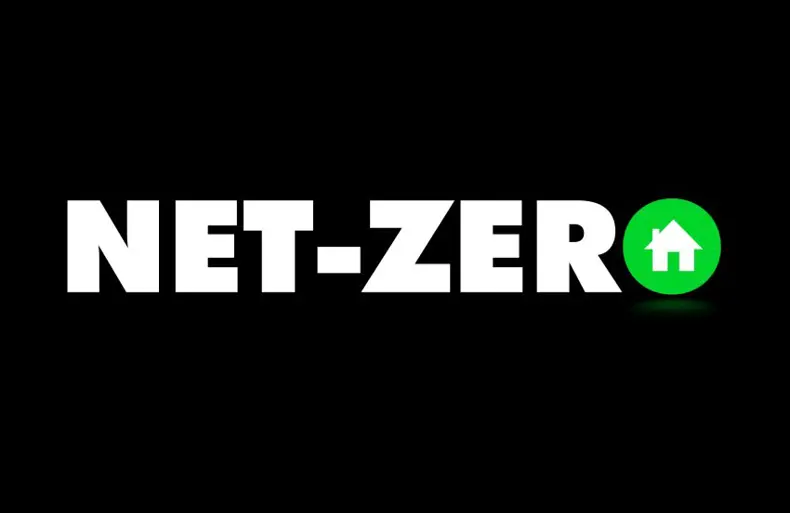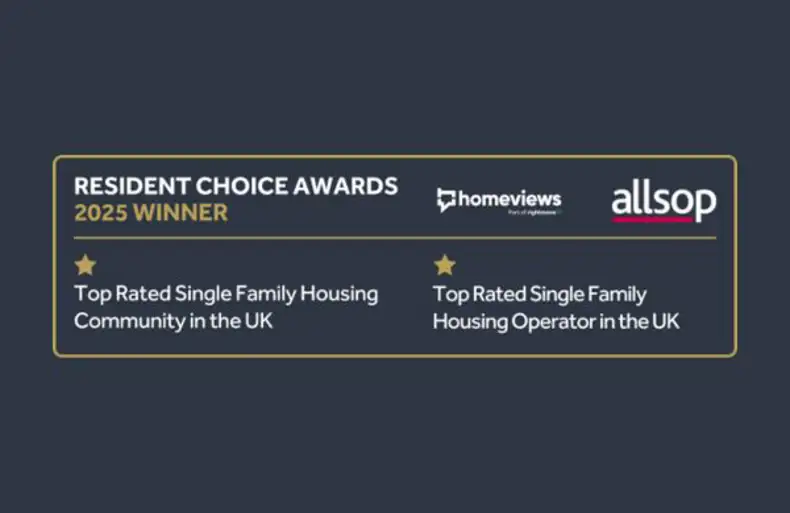Blog | Build to Rent | The Environment
Shooting for Net Zero Carbon Stars

How changes in building regulations are shaping the homes of the future
In 2019, the UK set one of the most ambitious climate change targets in the world by committing to reducing all greenhouse gas emissions to net zero by 2050. This commitment will affect a variety of sectors, including property, which will see significant changes to building regulations over the next four years.
In an effort to assist with achieving the ambitious net zero commitment, the government will implement a new Future Homes Standard (FHS) in 2025 through amendments to Part L of the Building Regulations (relating to the conservation of fuel and power in new build dwellings). Homes built under the new FHS will be fit for a zero-carbon future, with low-carbon heating, very high fabric standards and world-leading levels of energy efficiency.
The FHS will undoubtedly have a huge impact on the UK housing sector, revolutionising the way we build. We are already experiencing this in the Build to Rent (BTR) single-family housing market from both a regulatory perspective on delivery and investor expectations.
Timeline
It has been acknowledged that the adoption of the new FHS must be done in a way that ensures all industries are ready to meet the ambitious new standard in practice. As an initial step towards full adoption, the government will implement an interim 2021 uplift to Part L, which aims to achieve a 31% reduction of carbon emissions in new build homes. The uplift is due for adoption in December 2021 and will take effect from June 2022. The launch of a full technical consultation on the proposed specification for the FHS is scheduled to take place in spring 2023. Following this, regulations and a final standard will be agreed in 2024 ahead of full adoption in 2025. By 2025, it is estimated that an average home built to the new FHS will produce 75% – 80% lower carbon emissions than one built to current energy efficiency standards. The introduction of the interim 2021 ‘stepping stone’ phase achieves a balance between meaningful and realistic progress towards the 2025 target, whilst simultaneously providing industry with the time it requires to develop supply chains and the necessary skills.
Flexibility for developers
In order to provide developers with a degree of certainty around the standards they are required to build to, the government has included a transitional arrangement proposal for the 2021 uplift. The arrangement allows developers 12 months from when regulations come into effect to commence work on each building on site. In practice, this means that larger sites registered before 2022 can be built to the current version of Part L. However, any dwellings on site not commenced within one year of the uplift taking effect (June 2023) will have to be built to Part L 2021 standards.
What are the primary changes being made to Part L?
In order to meet the net zero target, it is vital to strive for the highest level of energy efficiency in the fabric of buildings and to move away from heating our homes with fossil fuels. As a first step towards the FHS, the government has opted for a ‘Fabric plus Technology’ approach in its amendments to Part L. The government has produced a standard building specification for the uplift, identifying the minimum fabric standards and services expected to be incorporated in Part L compliant new build homes. Whilst this draft specification will form the basis of the 2025 FHS, it is not final and will be subject to further technical work and consultation.
The ‘fabric first’ approach will push building fabric standards further than ever before. Stricter fabric standards will help regulate temperature more efficiently and reduce the overall need for heating in new build homes. The introduction of minimum standards will force industries to reconsider the design and construction of new build homes, paying particular attention to issues such as insulation, airtightness and heat loss.
From a technology perspective, low-carbon heating is integral to the design of all new homes. At the moment, electrification is one of the few proven scalable options for decarbonising heat. The government expects heat pumps to become the primary heating technology under the FHS as they are highly efficient and provide approximately three times the amount of heat compared to the electricity used. Furthermore, a home built with a heat pump will have a lower capital cost than one built with a gas boiler.
In an effort to promote the use of heat pumps in homes and reach net zero targets, the government has recently announced that they will offer subsidies of £5,000 from April 2022 to help and incentivise existing households to make the switch from gas boilers to low carbon heat pumps. It is, however, unlikely that there will be a one-size fits-all solution. The government recognises that the December 2021 interim uplift will not automatically result in an immediate rush to install heat pumps as the supply chains and skills are not yet available to operate at this scale. Therefore, the future is likely to see a combination of low-carbon technology systems used to heat our homes.
Impact for different stakeholders
The energy efficiency of buildings has a significant part to play in achieving the government’s net zero aims, but it also carries wider benefits for consumers, developers and investors. In addition to reducing carbon emissions, energy efficient homes minimise energy bills and provide healthier and more sustainable environments in which we live and work. The move towards net zero carbon also fulfils environmental, social, and corporate governance (ESG) responsibilities of developers and investors – something that’s becoming increasingly important for companies of all sizes.

Winner of Property Manager of the Year at the RESI Awards 2025
Congratulations to every member of our team for their dedication in delivering outstanding service and creating communities t...

Allsop Letting & Management wins three Homeviews Resident Choice Awards 2025
The team is absolutely thrilled to have been named the Top Rated Single Family Housing Operator for the second consecutive ye...

Meet Reece who is helping to make a Build to Rent community feel like a home
Reece has been nominated for Resident Team Member of the Year at the Homeviews Resident Choice Awards 2025.

Allsop Letting and Management appointed to run Birmingham’s tallest building and first skyscraper
Allsop Letting and Management (ALM), one of the UK's leading providers of professionally managed properties and a subsidiary ...